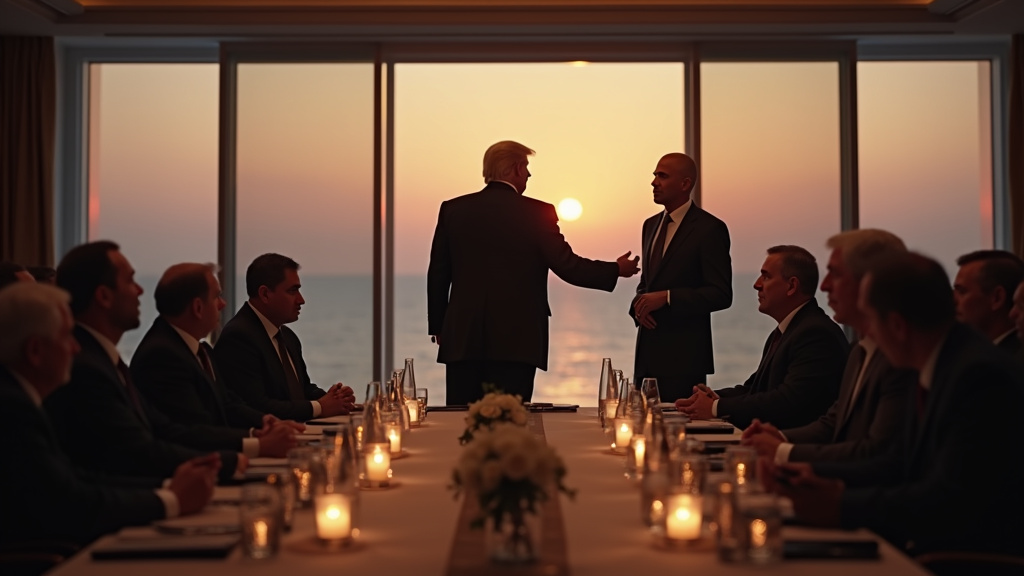WASHINGTON D.C. – The United States military on Saturday evening, June 21, 2025, conducted what President Trump described as “massive precision strikes” against three critical Iranian nuclear facilities: Fordo, Natanz, and Esfahan. The aerial campaign represents a significant escalation in regional tensions, coming amidst an ongoing military conflict between Iran and Israel.
Speaking from the White House in a national address, President Trump articulated the strategic goals of the operation, stating the objective was the “destruction of Iran’s nuclear enrichment capacity and a stop to the nuclear threat posed by the world’s number one state sponsor of terror.” He provided specific details regarding the attack on Fordo, which he referred to as the “primary site,” claiming a “full payload of BOMBS” was dropped there.
President Trump also asserted that all U.S. planes involved in the operation returned safely. Present with the President in the Situation Room during the strikes were Vice President JD Vance, Secretary of State Marco Rubio, and Defense Secretary Pete Hegseth.
Context of Escalation and Regional Conflict
The U.S. strikes occurred more than a week after Israel initiated a military campaign against Iran. This earlier conflict had triggered Iranian retaliation and resulted in hundreds of casualties on both sides, setting a volatile backdrop for the U.S. action against Iran’s nuclear infrastructure.
International Reactions and Verification
In the immediate aftermath of the strikes, the United Nation’s International Atomic Energy Agency (IAEA) provided a crucial assessment regarding environmental impact. The agency confirmed “no increase in off-site radiation levels,” addressing potential concerns about radioactive releases from the targeted facilities.
According to diplomatic sources, the decision to launch the strikes was made without informing some U.S. allies who house American troops, indicating a potentially unilateral aspect to the operation and raising questions about alliance coordination in a crisis.
Iran’s Response and Presidential Warnings
Iran acknowledged the attacks on its territory. Authorities in Tehran stated that personnel working at the targeted nuclear sites had been evacuated beforehand, suggesting preparedness for potential military action against these key installations.
In his address, President Trump issued a direct warning to Iran against any form of retaliation following the strikes. He coupled this warning with an urgent call for a peace deal in Iran’s conflict with Israel, explicitly stating that failure to reach peace “does not come quickly” would lead to further military action. He threatened additional strikes on “many targets left,” underscoring the potential for continued U.S. military intervention.
The strikes on Fordo, Natanz, and Esfahan – three sites central to Iran’s known nuclear activities, particularly uranium enrichment – represent a direct challenge to Iran’s nuclear program. The Fordo facility, deeply buried within a mountain, is considered highly protected, making the claim of a “full payload of BOMBS” particularly significant regarding the potential severity of the damage inflicted.
While President Trump claimed the strikes aimed at the “destruction” of enrichment capacity, the full extent of the damage and its long-term impact on Iran’s nuclear program remains subject to verification and assessment by international bodies like the IAEA and intelligence agencies.
The situation remains fluid as the international community assesses the implications of this significant U.S. military action and monitors for any potential Iranian response, further heightening tensions in an already volatile Middle East region.





